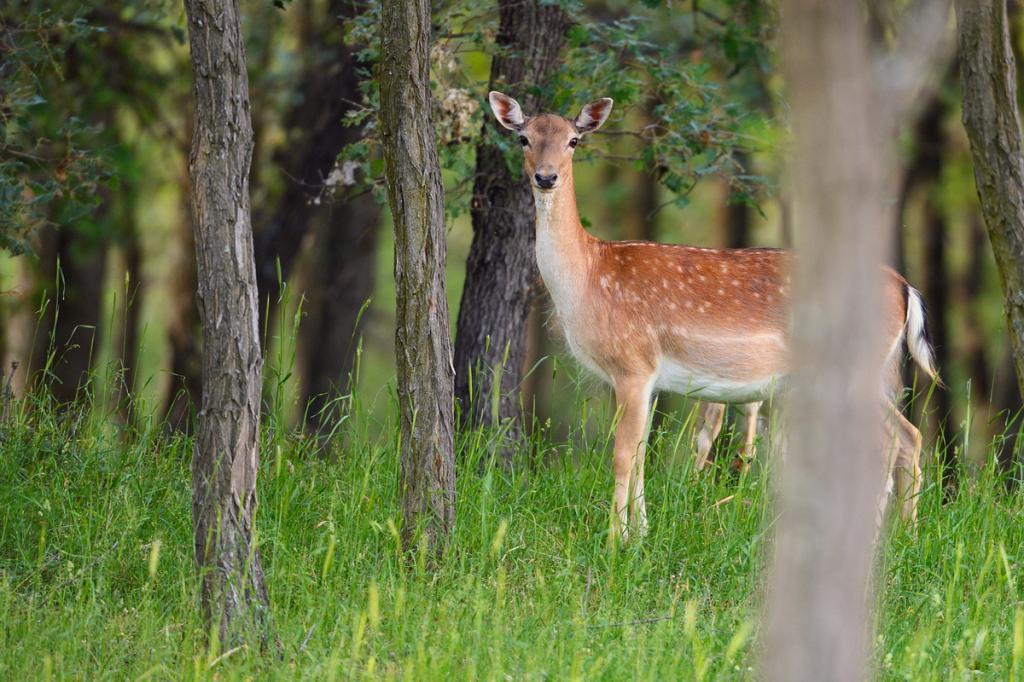Nature, both living and nonliving, is a tremendous value on our planet. We are in excellent conditions for living. If you look at the planets closest to us, the big difference in the appearance of the Earth and other planets is impressive. A huge amount of clean fresh and salt water of the oceans, revitalizing atmosphere, fertile soil. The richness of the plant world that surrounds almost the whole of our planet, as well as animal diversity, is surprising: it is impossible to study all kinds of living creatures in human life.
However, it is precisely such diversity and such environmental conditions that are necessary for the harmonious state of the entire planet, for the balance of substances on it.
Harmony of nature
Through their activities, people transform nature more than any other kind of organism. Moreover, other organisms are so merged with the natural environment that they even help maintain the original balance on the planet. For example, a lion hunting an antelope is likely to catch the weakest individual, thus supporting the survival of the herbivore population. Earthworm, making numerous holes in the soil, does not spoil the fertile surface layer. He loosens the earth, so that the air will only better reach the roots of plants.
Economic activity of a reasonable person
Man has a developed brain. The development of human economic activity is faster than the evolutionary processes of nature. She does not have time to adapt to the changes caused by people.
Many years ago, the Australian population grazed cattle on a small mainland too intensely. According to this hypothesis, numerous deserts of the continent were formed precisely because of human activity.
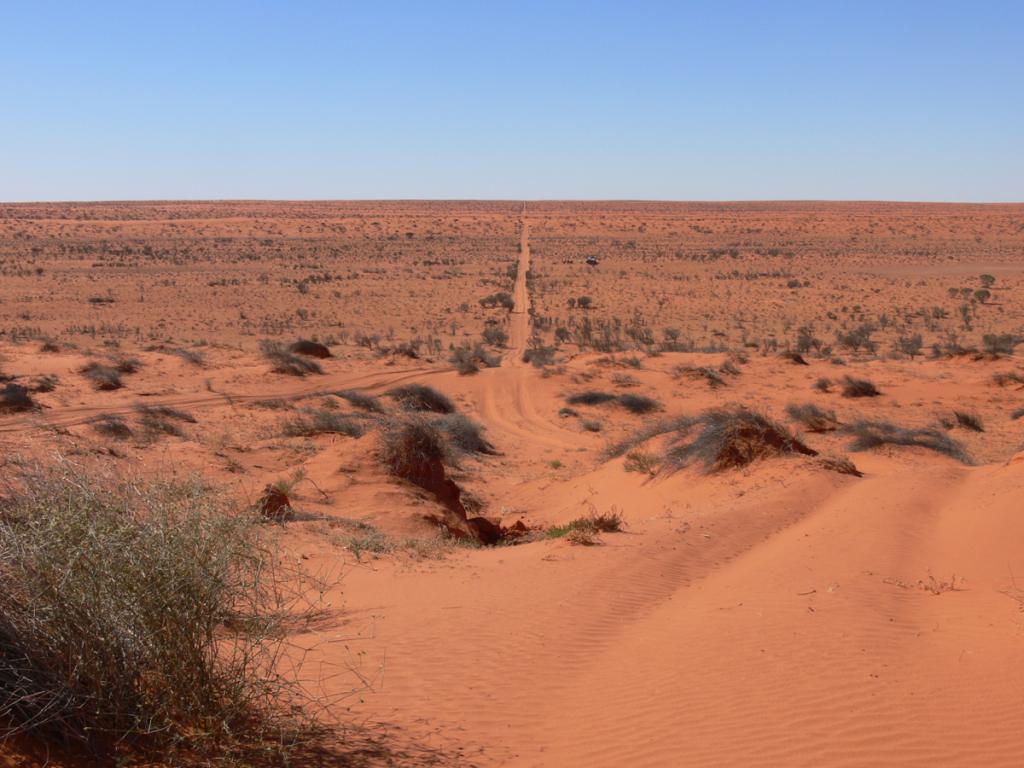
From ancient times, trees were intensively cut down for the construction of houses. Nowadays, forests are shrinking just as quickly: we still use wood for various purposes.
The population of the planet is huge and, according to scientists, will grow even faster. If people inhabit or use the entire area of the planet in the economy, then nature, of course, cannot withstand such a load.
History of protected areas
Already in ancient times, people kept certain areas of the territory they inhabited intact. People’s faith in gods made them tremble before sacred places. Even the protection of such sites was not required, the people themselves carefully treated these sacred territories, believing in something mysterious.
In the era of feudalism, the lands of the nobility came first in inviolability. The property was protected. In such areas hunting was prohibited or even banned was a simple visit to other parts of the forest or other biotope.
In the nineteenth century, the industrial revolution made us seriously think about preserving natural resources for future generations. Protected areas are being established in Europe. The first of the specially protected natural areas were natural monuments. Preserved ancient beech forests and some attractions, such as unusual geological objects.
In Russia, the first protected areas were organized at the end of the 19th century. They were not yet state.
What is protected areas
This is the area of land or water on which the economic activity of people is partially or completely prohibited. How is the abbreviation deciphered? As "specially protected natural areas."
Types of protected areas according to IUCN
Nowadays, there are about 105,000 specially protected natural areas on the planet. For so many objects, classification is needed.The International Union for Conservation of Nature has identified the following types of protected areas:
- Strict nature reserve. The protection of such a territory is particularly strict, all business activities are prohibited. A visit only with a document authorizing being on the site. The nature of this territory is the most integral.
- National park. It is divided into sections with strict security and sites where tourist routes are laid.
- Natural monument. An unusual famous natural site is protected.
- Managed nature reserve. The state takes care of the conservation of species of living organisms and biotopes for their habitat. A person introduces activities to help sufficiently fast reproduction and maintenance of offspring.
- Protected marine and territorial landscapes. Recreation facilities are preserved.
- Protected areas with monitoring of resource consumption. It is possible to use natural resources if the activity does not bring major changes to the site.
Types of protected areas in accordance with the law of the Russian Federation
In the Russian Federation, a simpler classification is used. Types of protected areas in Russia:
- State Nature Reserve. Keeps the most stringent security regime. A visit is only for the purpose of preserving ecosystems or training in the area.
- National park. It is subdivided into ecological zones when possible to use natural resources. Ecological tourism is developed in some areas. There are areas for the work of the staff of the national park. There may be sites for the recreation of the population, as well as for the overnight stay of visitors passing the tourist route.
- Natural Park. It is created to preserve ecosystems in conditions of mass recreation of the population. New methods of nature conservation are being developed.
- State Nature Reserve. The resources of nature are not only preserved, but also restored. The reserve is actively involved in restoring the former natural wealth of the area. Ecotourism is possible.
- Natural monument. Significant natural or artificial natural complex. Unique education.
- Dendrological parks and botanical gardens. On the territories create collections of plant species in order to preserve the species diversity of the planet and replenish lost plots of land.
Wrangel Island
UNESCO World Heritage Site includes 8 sites located on the territory of the Russian Federation. One of these protected areas is the Wrangel Island Nature Reserve.
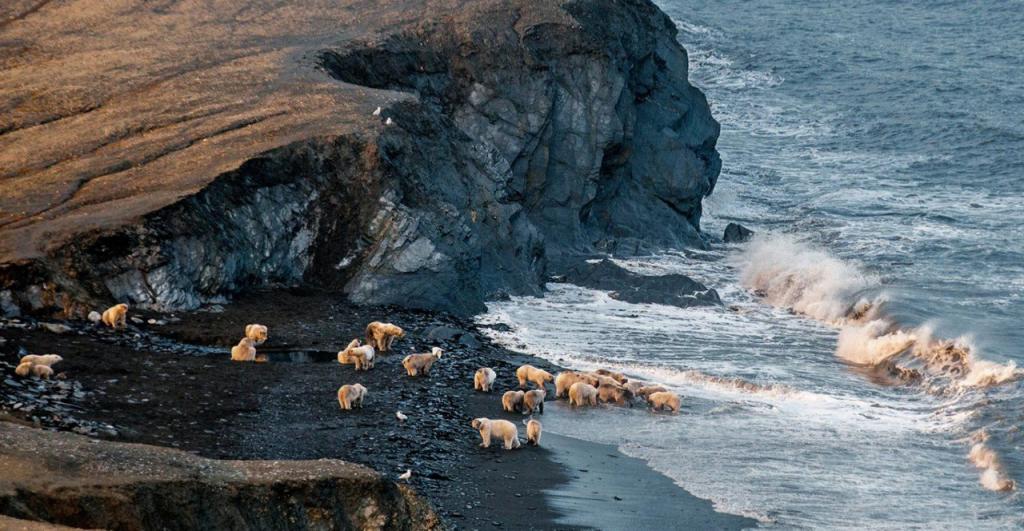
It is located in the Chukotka Autonomous Okrug. This is the most northern of all protected natural areas of Russia. The protected area is two islands (Wrangel and Herald) and the adjacent water area. The area of protected areas is more than two million hectares.
The reserve was organized in 1976 to preserve a typical and unique flora and fauna. Nature, due to the location of the islands far from the mainland and due to the harsh climate, is preserved in an almost untouched form. Scientists come to the site to study local ecosystems. Thanks to the creation of the reserve, such rare animals as the polar bear and walrus are protected. A huge number of endemic species lives in this area.
The islands are inhabited by the local population. It has the right to use natural resources, but in a strictly limited amount.
Lake Baikal
The most valuable lake in the world also belongs to the World Natural Heritage sites. The protected area data system is the largest reservoir of pure fresh water.
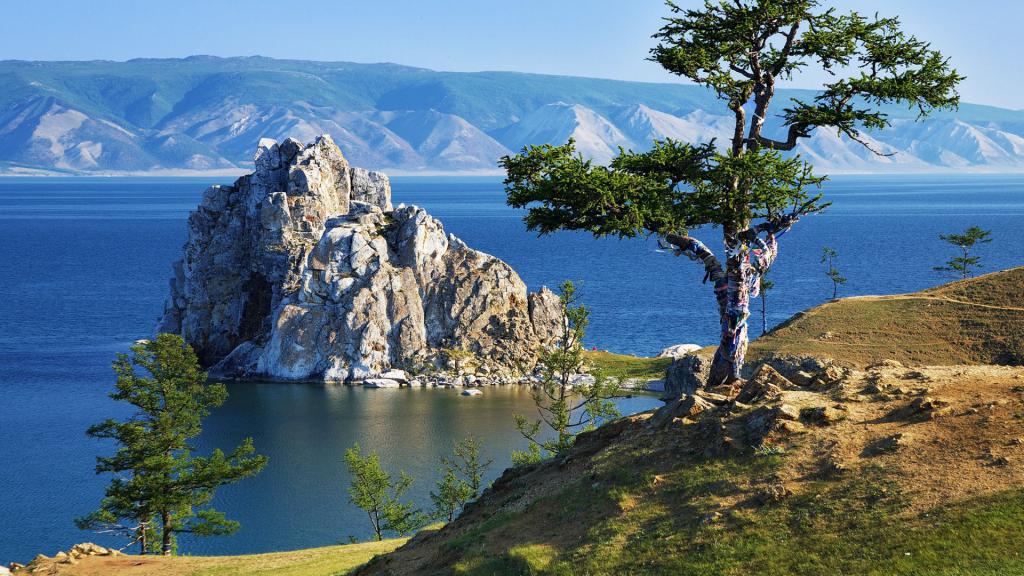
A huge number of endemic species surprise scientists. More than half of the animals and plants growing here are found only on Lake Baikal. There are about a thousand species of endemic species. Of these, 27 species of fish. The Baikal omul and the golomyanka are well known. All nematodes that live in the lake are endemic. The crustacean of Epishura cleans the water in Baikal, which also lives only in this lake.
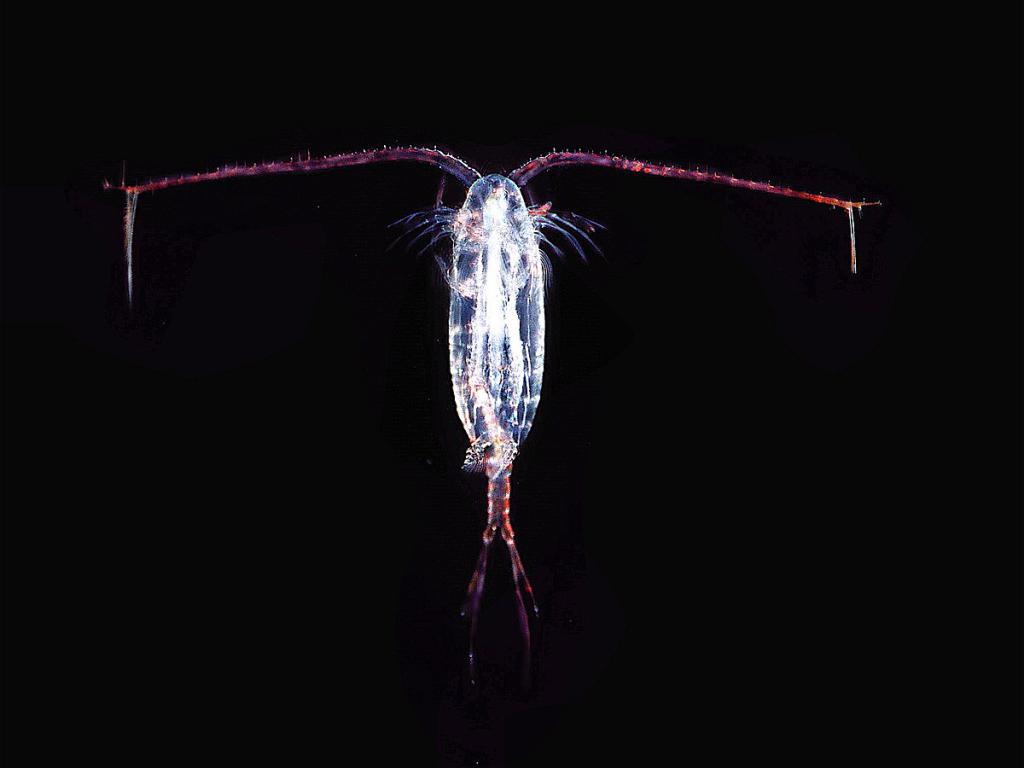
It accounts for 80% of the biomass of plankton of animal origin.
Baikal was included in the World Natural Heritage List in 1996. The Baikal Reserve itself was founded in 1969.
UNESCO World Heritage Site “Lake Baikal” is 8 protected areas located directly at the famous lake. Many scientists are sure that Baikal is expanding every year, increasing the water area due to drift of lithospheric plates.
Kronotsky reserve
Another example of protected areas is the Kronotsky State Nature Biosphere Reserve. It is part of the UNESCO World Heritage “Volcanoes of Kamchatka”.
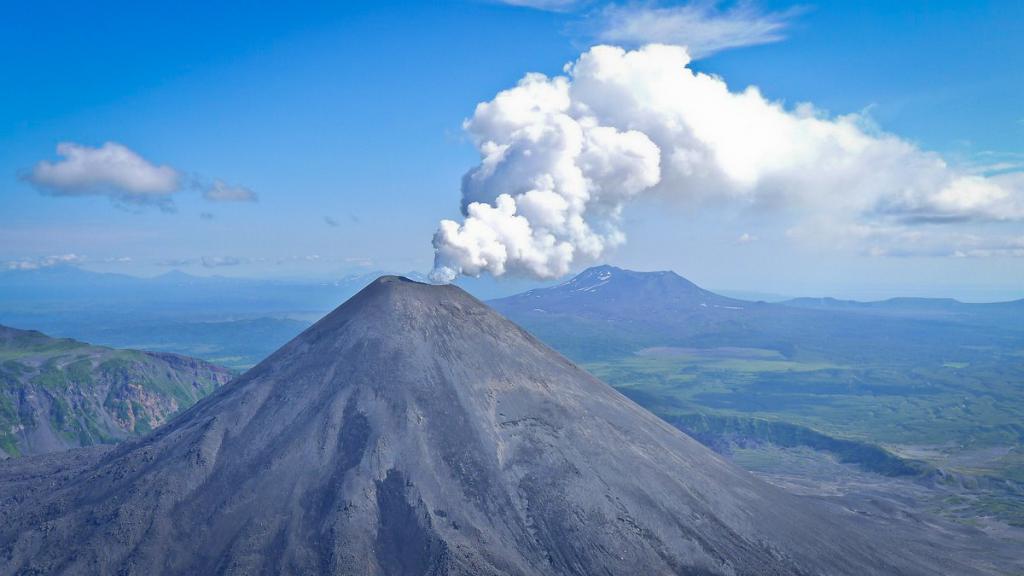
Moreover, this protected area is a biosphere reserve. The UNESCO Program “Man and the Biosphere” identifies protected areas almost untouched by human activities around the world. The state is obliged to maintain a self-regulating natural system, if the object is located on its territory.
Kronotsky Reserve is one of the earliest in Russia. In 1882, the Sable Reserve was located on this territory. Kronotsky State Reserve was created in 1934. In addition to the territory with numerous volcanoes, hot springs and geysers, the Kronotsky Reserve includes a significant area of the water area.
Currently, tourism is actively developing in the Kronotsky Reserve. Not at all times was his visit permitted.
The reserve "Cedar Fall"
Another example of Russian protected areas is the Kedrovaya Pad Reserve. This is the first reserve of the Far East. He is one of the oldest in Russia. A Far Eastern leopard lives here - a rare subspecies of leopards that has reduced numbers in the past. Now it is in the Red Book of the Russian Federation, has the status of "endangered".
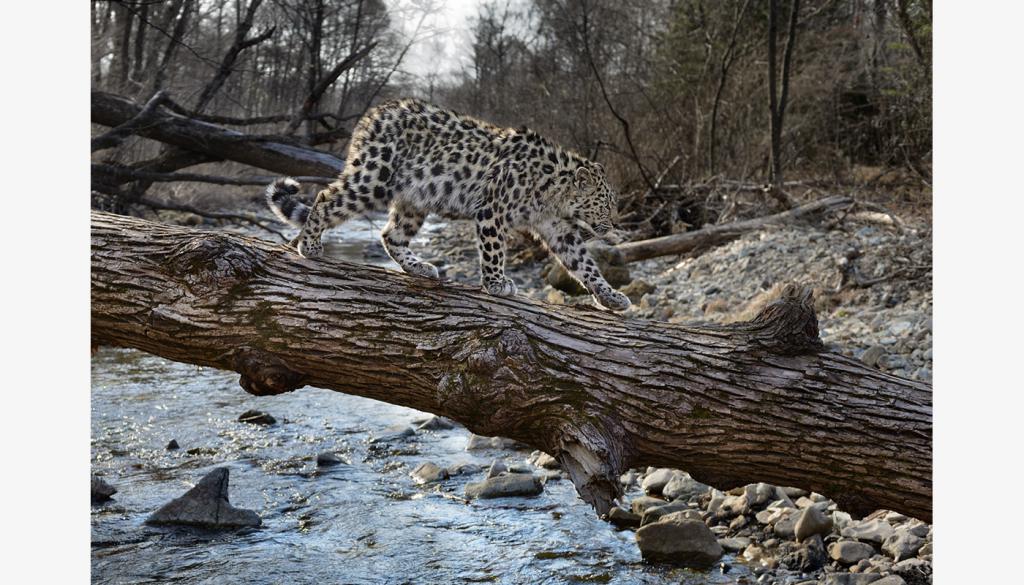
The reserve itself was created to preserve and study liana coniferous-deciduous forests. Arrays are not disturbed by anthropogenic impact. There are many endemic species.
Elk Island National Park
One of the very first in Russia. It was founded in 1983 in Moscow and the Moscow region.
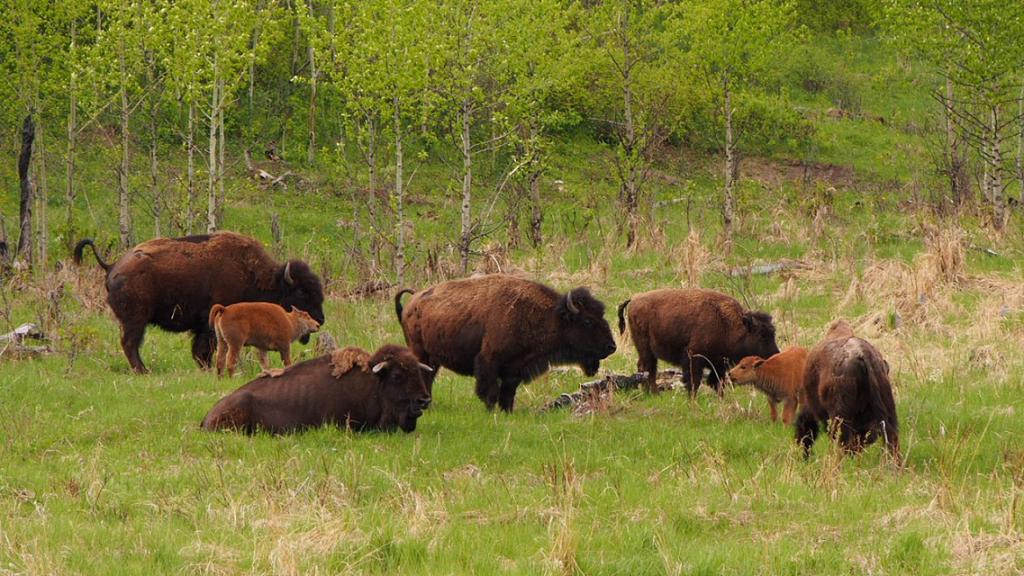
It includes 5 zones: reserved (access is closed), specially protected (visits are subject to permission), preservation of historical and cultural monuments (visits are allowed), recreational (occupies more than half of the area, free access) and economic (provides the park).
Legislation of the Russian Federation
The federal law on protected areas (1995) states that protected areas should be of federal, regional or local importance. Nature reserves and national parks always have precisely federal significance.
Any reserve, national park, natural park and natural monument must have a security zone. It additionally protects the object from destructive anthropogenic impact. The boundaries of protected areas, as well as the boundaries of the protected area, are determined by the legislation of the Russian Federation.
The territory of the security zone can be visited by anyone. However, she is also under guard.
Lands of protected areas are a national treasure. It is forbidden to build houses, roads, and cultivate land at federal facilities.
To create a protected area, state authority reserves new lands. Further, such lands are declared by protected areas. In this case, the law prohibits the further cultivation of land in this territory.
Protected areas are an important component of our planet. Such territories retain invaluable wealth for future generations. The biosphere balance is maintained, the gene pool of living organisms is protected. The inanimate nature of such territories is also preserved: valuable water resources, geological formations.
Specially protected natural areas are not only of environmental importance, but also scientific, as well as environmental and educational. It is at such sites that the most educational tourism for nature lovers is organized.
The population of the planet is growing at a faster pace. Mankind needs to think more actively about maintaining nature, and take a more responsible approach to preserving natural wealth.Every person should think about this and contribute to maintaining the health of the planet.
